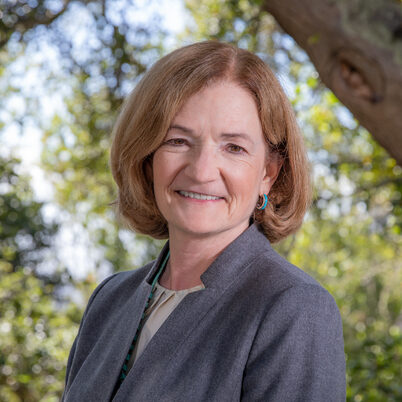
Discover how our research fuels economic growth and progress across the nation. Explore our real-world impact in every state—from business partnerships to technology licenses and more.
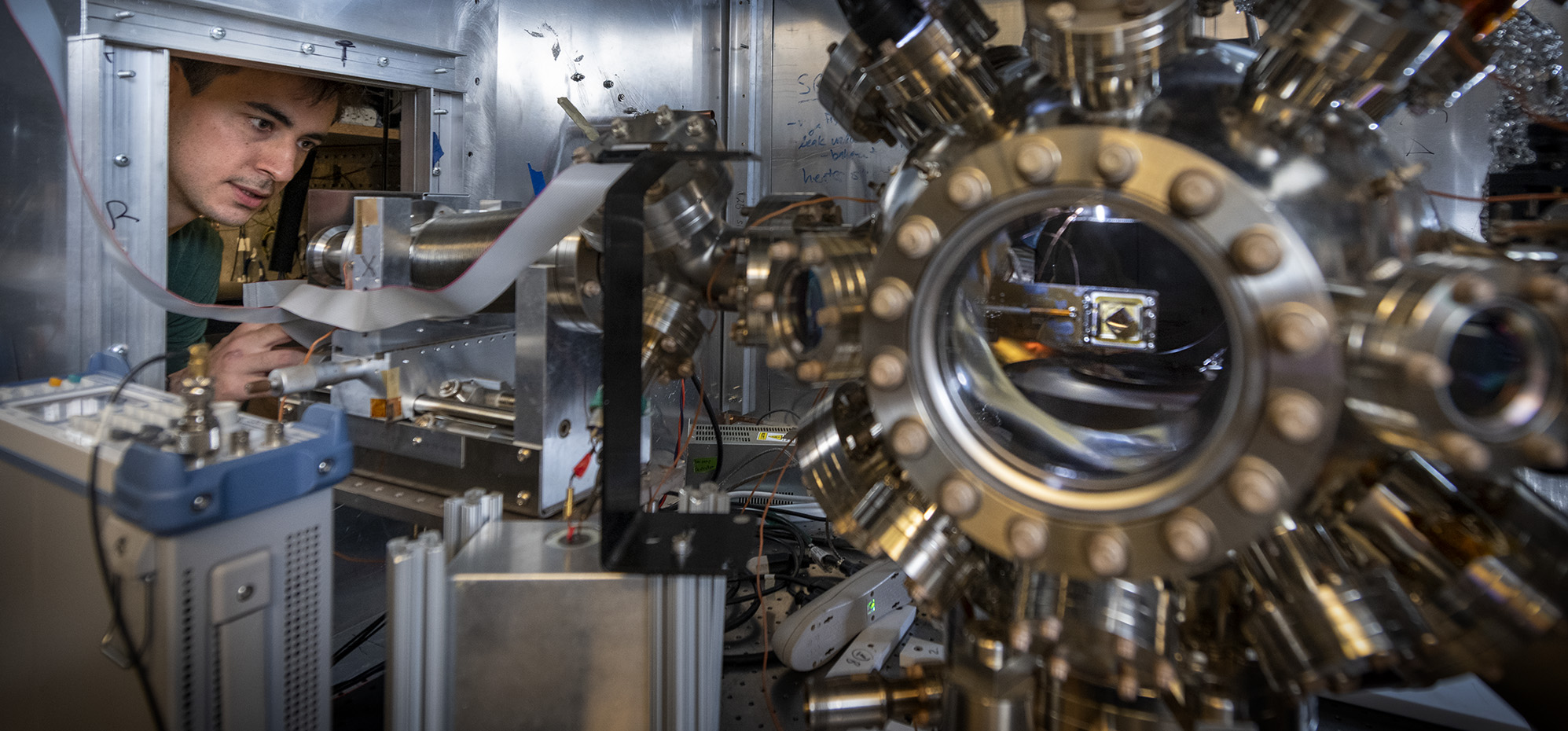
Quantum technologies may still be in development, but these systems are evolving rapidly and existing prototypes are already making a big impact on science and industry. One of the major hubs of quantum R&D is the Quantum Systems Accelerator (QSA), led by Berkeley Lab. In this Q&A, QSA Director Bert de Jong shares insights on the latest breakthroughs, the challenges ahead, and how this research hub is shaping the future of quantum science.
We revolutionized semiconductor technology, developing methods to eliminate crystalline defects impacting performance. We developed materials for cutting-edge applications, from space telescopes to high-energy physics detectors, also leading the shift from visible light to extreme ultraviolet lithography, allowing chip manufacturers to print smaller, more powerful circuits. We are advancing materials and fabrication techniques, ensuring the U.S. remains a leader in semiconductor innovation.
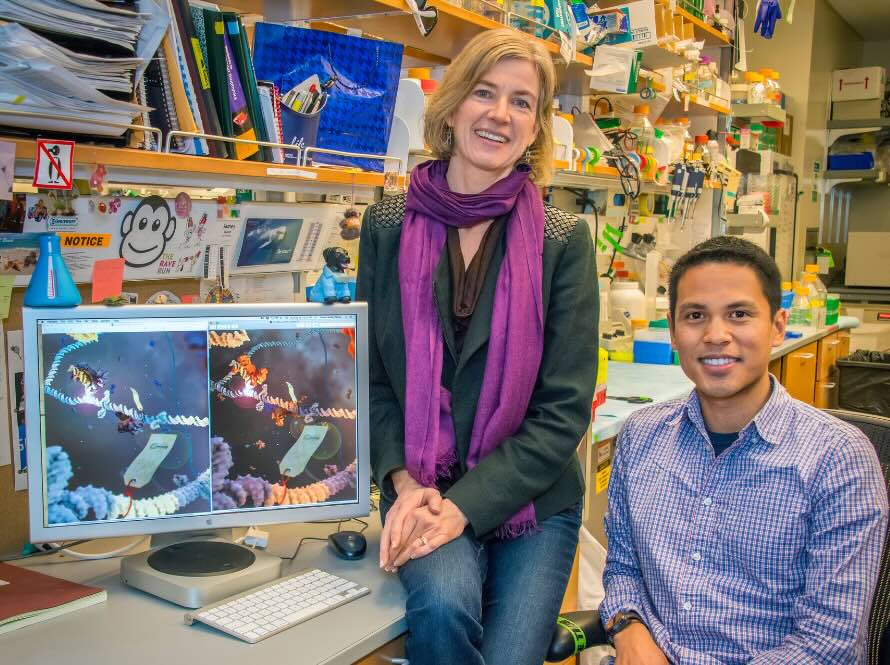
Jennifer Doudna’s foundational research on the function of CRISPR arrays in bacterial genomes led to the development of the CRISPR-Cas9 DNA editing platform. It revolutionized genetic engineering, enabling precise, rapid genome editing and reshaping research in medicine, agriculture, and biotechnology, making genetic modifications more accessible and cost-effective. Today we use CRISPR to accelerate synthetic biology innovations that drive economic growth in health and energy sectors, unlocking new possibilities for sustainable materials, personalized medicine, and more.
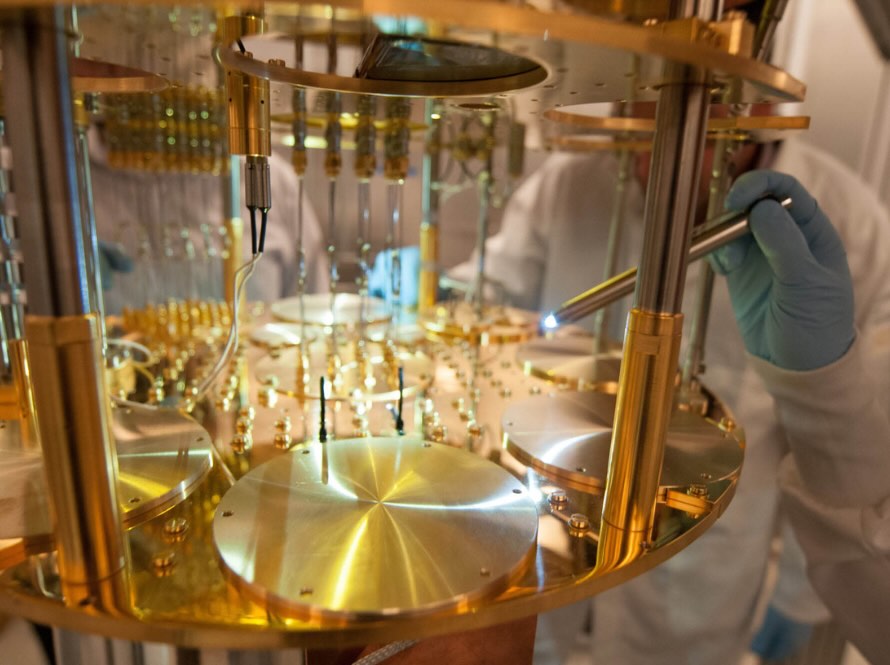
We provided the first evidence that quantum mechanics governs superconducting circuits, a milestone that laid the foundation for modern quantum computing. Our work enabled the development of quantum bits (qubits), now powering computers from IBM, Google, and our own Advanced Quantum Testbed. Today, we continue to advance quantum technologies, driving breakthroughs in secure communication, materials science, and computing power that could revolutionize industries.

The Materials Project facilitates data-driven materials discovery to ensure a competitive edge for emerging technologies. This database, providing open-access data on material properties and accessed over a million times daily by 160,000 users worldwide, accelerates the discovery of new materials for batteries, semiconductors, and reliable energy. By integrating AI and high-performance computing, we advance materials innovation, reducing development time and costs for many industries.

We co-led the team that discovered the accelerating expansion of the universe, earning a Nobel Prize in Physics. This breakthrough revealed the existence of dark energy, reshaping our understanding of the cosmos. Today, our astrophysics research probes the nature of dark energy, using next-generation telescopes and advanced simulations. These efforts drive technological innovation in imaging, data analysis, and high-performance computing, impacting fields beyond astronomy.

We developed the Open Automated Demand Response (OpenADR) system, a widely-adopted global standard that allows utilities to communicate real-time energy prices and grid conditions to buildings. This breakthrough transformed how businesses and homeowners optimize energy use, reducing costs and enhancing grid reliability. OpenADR stabilizes electricity supply and prevents blackouts. We continue to advance smart grid technologies that enhance energy resilience, ensuring affordable and reliable power.
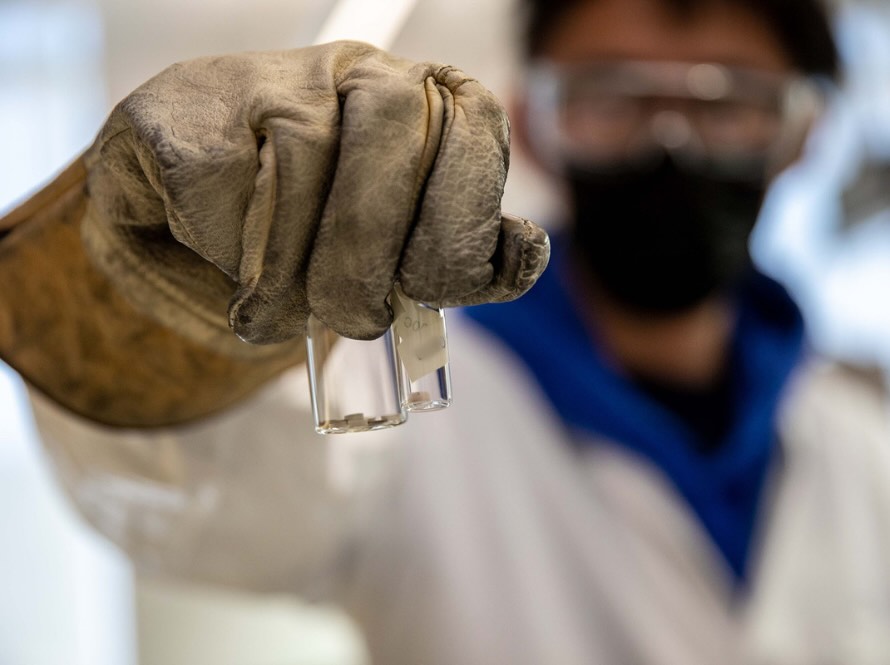
Berkeley Lab’s Charles Tobias pioneered lithium battery research in the 1950s, laying the groundwork for the modern electric vehicle industry. Our scientists have since advanced battery technology through innovations in lithium electrodes, compact energy storage, and next-gen materials. These breakthroughs are driving the global transition to affordable and reliable energy, reducing costs, increasing efficiency, and ensuring energy security.

Ernest Lawrence’s invention of the cyclotron at Berkeley Lab revolutionized physics, leading to the discovery of 16 elements and countless subatomic particles. Our advancements in accelerator technology continue to power medical imaging, national security, and fundamental research, maintaining U.S. leadership in high-energy physics and beyond.
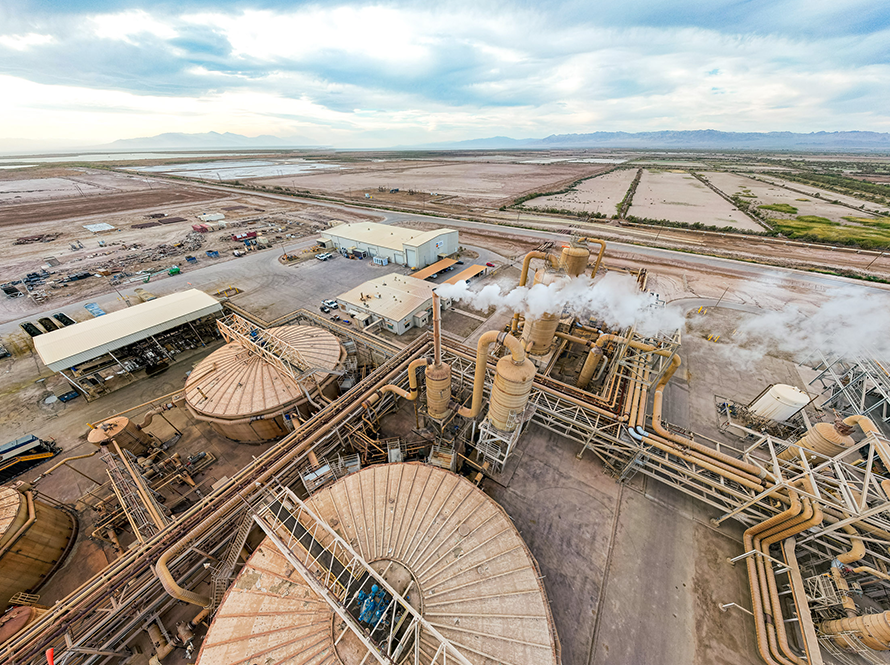
A suite of software codes developed at Berkeley Lab, called TOUGH, helps solve complex problems requiring advanced simulation of Earth’s subsurface. TOUGH has been applied to high-profile environmental disasters, such as the Macondo oil well blowout (Deepwater Horizon) and Aliso Canyon natural gas leak. Research and industry widely use TOUGH for various applications, such as energy production from geothermal and oil and gas reservoirs.


A new chemical process can essentially vaporize plastics that dominate the waste stream today and turn them into hydrocarbon building blocks for new plastics.
The catalytic process, developed at Berkeley Lab and UC Berkeley, works equally well with the two dominant types of post-consumer plastic waste: polyethylene, the component of most single-use plastic bags; and polypropylene, the stuff of hard plastics, from microwavable dishes to luggage. It also efficiently degrades a mix of these types of plastics.
